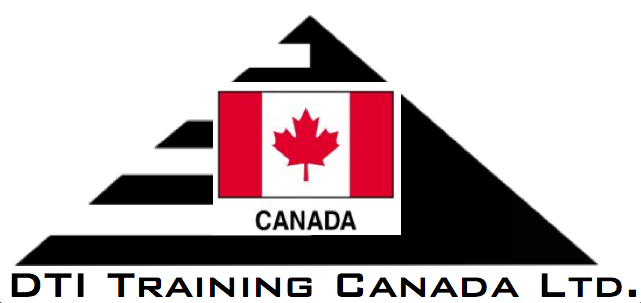Ishikawa Cause & Effect
I love this tool, a post by
me.
The worlds most widely used
Root Cause Analysis, RCA, tool. Kaoru Ishikawa developed the Fish Bone Diagram back
in the 1960s while pioneering Quality Management processes in the Kawasaki
shipyards. As a result of his work, he became one of the founding fathers of
modern management programs.
Causes in the diagram are often categorized, such as to the 5 M's and E,
described below. Cause-and-effect diagrams can reveal key relationships among
various variables, and the possible causes provide additional insight into
process behavior.
Causes can be derived from brainstorming sessions. These groups
can then be labeled as categories of the fishbone. They will typically be one
of the traditional categories mentioned above but may be something unique to
the application in a specific case. Causes can be traced back to root causes
with the “5 whys” technique.
 |
| The Basic Structure of the Fish Bone Diagram |
The typical categories used are derived from Dr. W. Edwards Deming’s
process inputs: Machines, Methods, Material, Manpower, Environment and
Measurement, the 5 M's and E. Of course categories can be added or edited to match your system
influencers. The following is an example of a diagram build.
Once the brainstorming
session has exhausted all possible causes, we then need to pick the consensus
root cause or causes. I use a system of
giving each member of the team 5 check marks. The member can use all 5 on one
root cause that they think is the actual cause or they can give 3 to one and 2
to another as they feel fit. The root cause with the most check marks is the
consensus root cause.
You could also use the common
tool called the Nominal Group Technique. In the NGT, the causes a listed and counted.
So if you have 10 root causes, each member of the team ranks the causes in
order of possibility. The most possible root cause would get 10 points the
second probable cause would get 9 points and so on. The root cause with the
most points would be the consensus root cause.
I suggest you get a copy of
the NUMBER ONE Safety Management Systems tool book today. I encourage you to
read more about the Ishikawa Fish bone diagram and also the following:
Brainstorming Techniques
Nominal Group Technique
The 5 Whys
Get the SMS Memory Jogger II at
dtitraining.com
The Ishikawa Fish Bone diagram has become one of the 7 Basic Quality Assurance Tools. It is important to have "TOOLS" to work with in making decisions, working with teams, and analysis of data. The Memory Jogger II is a great little pocket guide that thousands of already aquired and use on an on-going basis. Root Cause Analysis is an essential part of your QA and SMS.
Your thoughts........









No comments:
Post a Comment